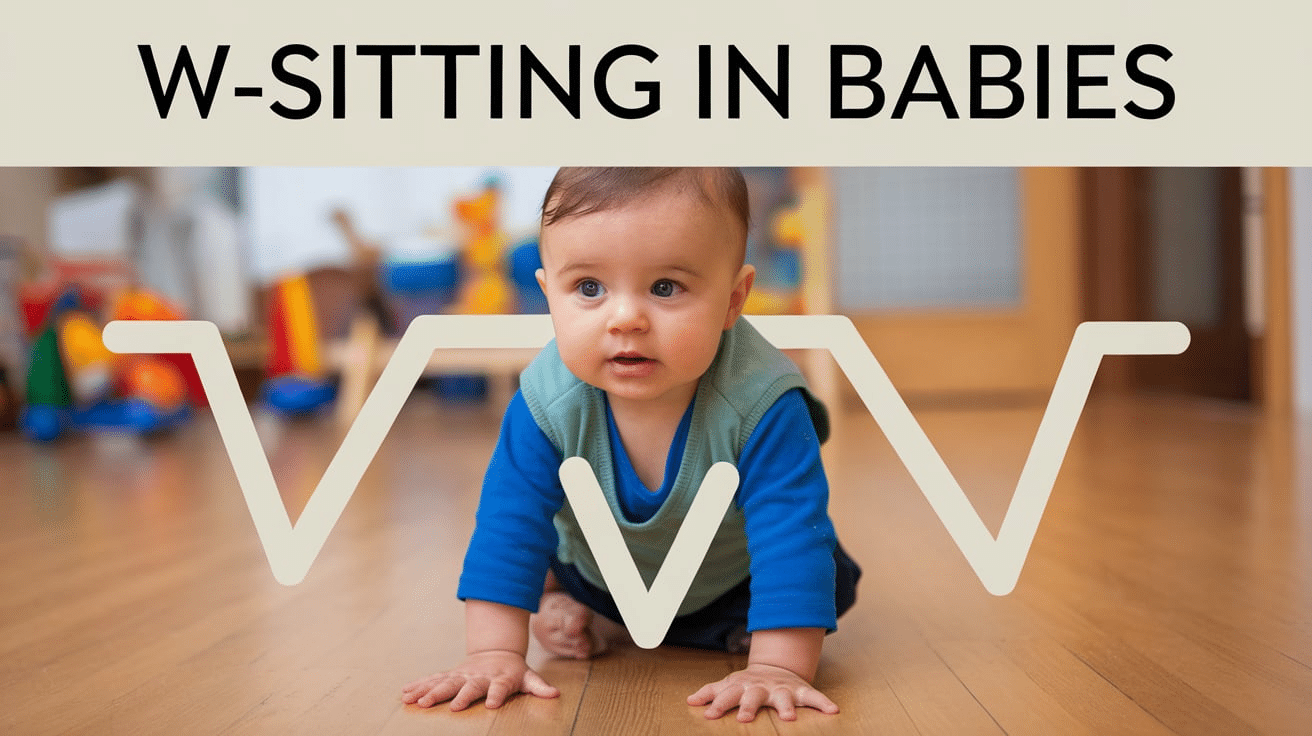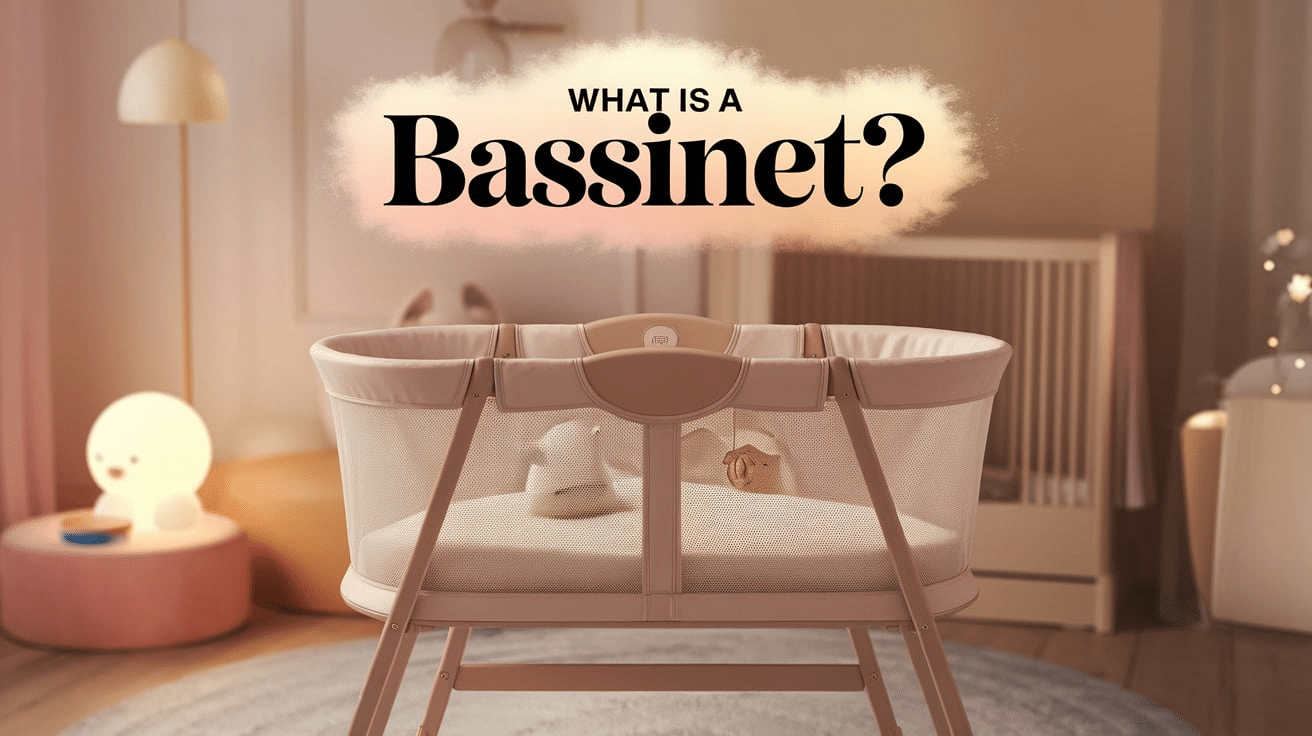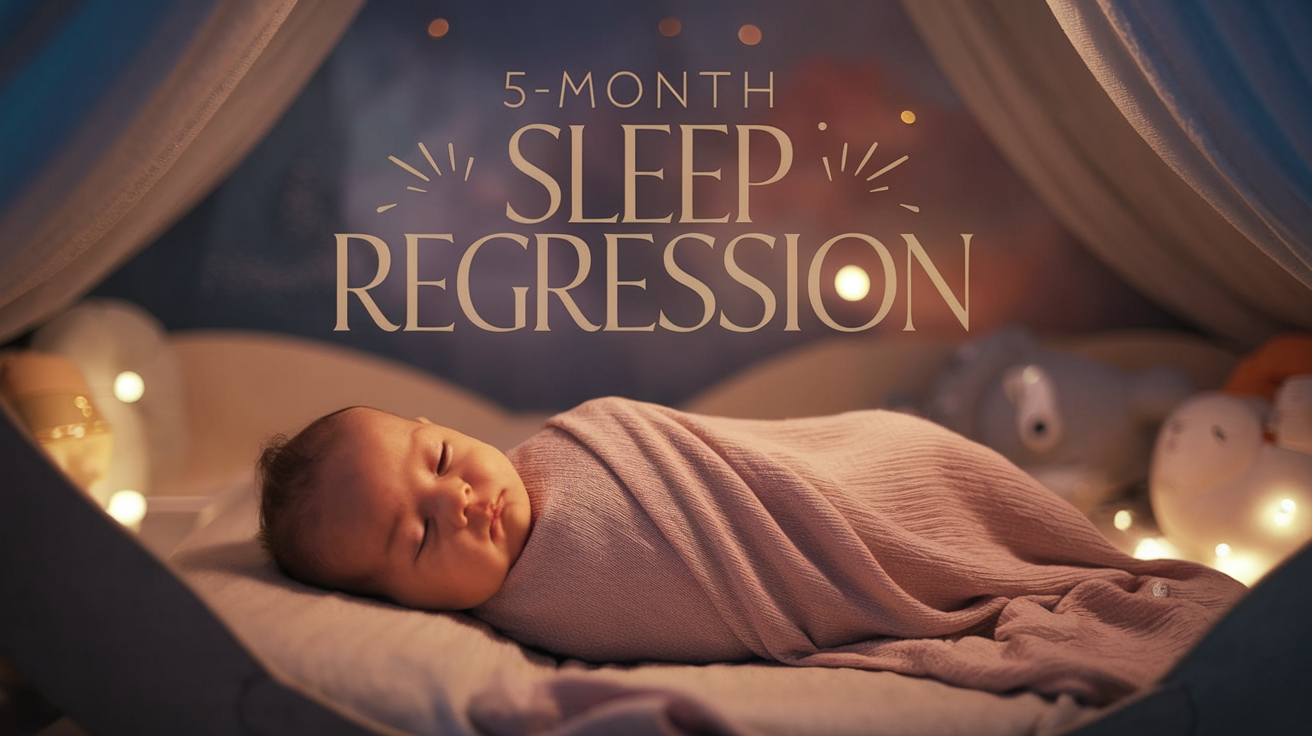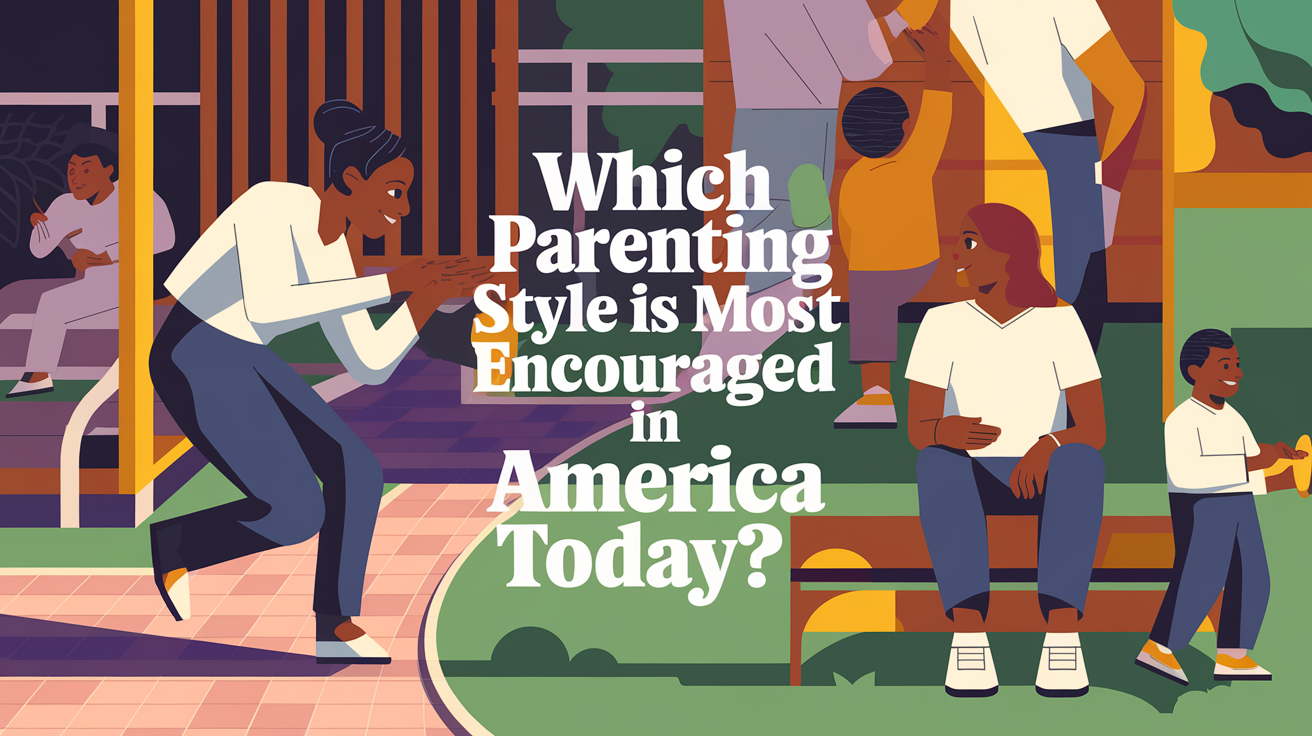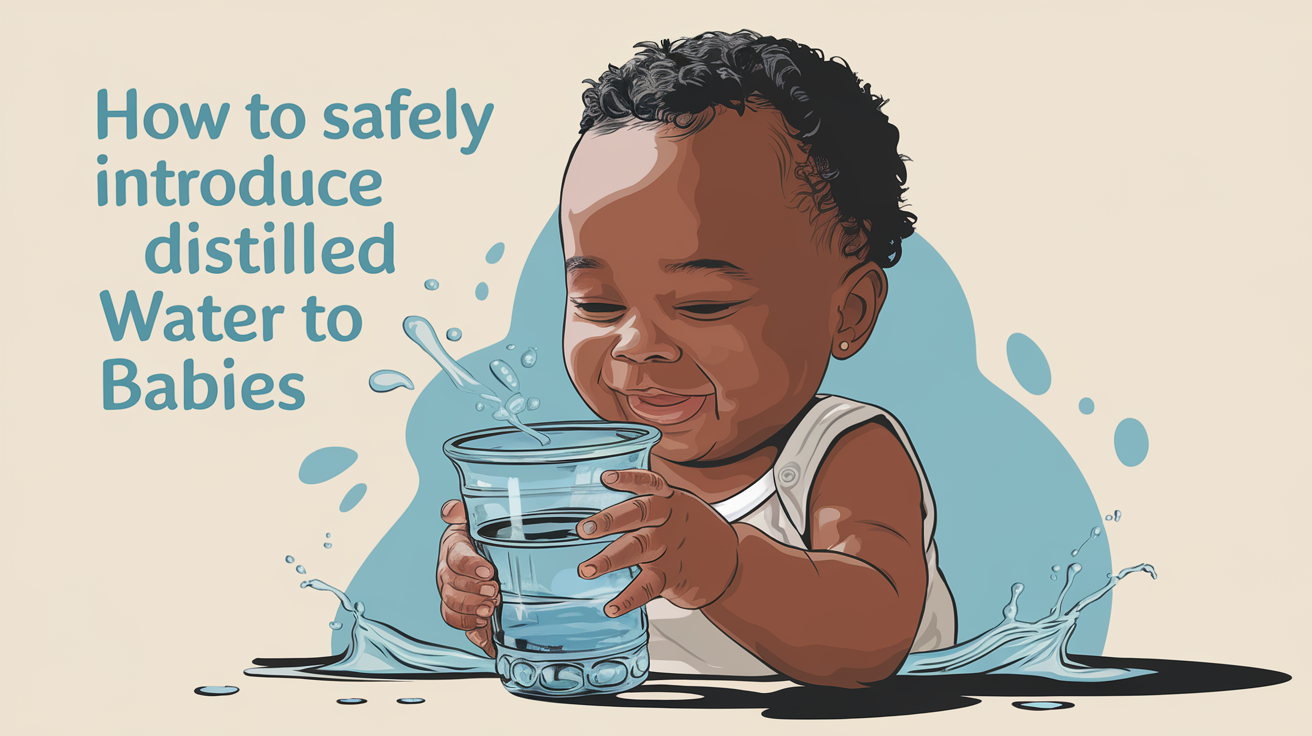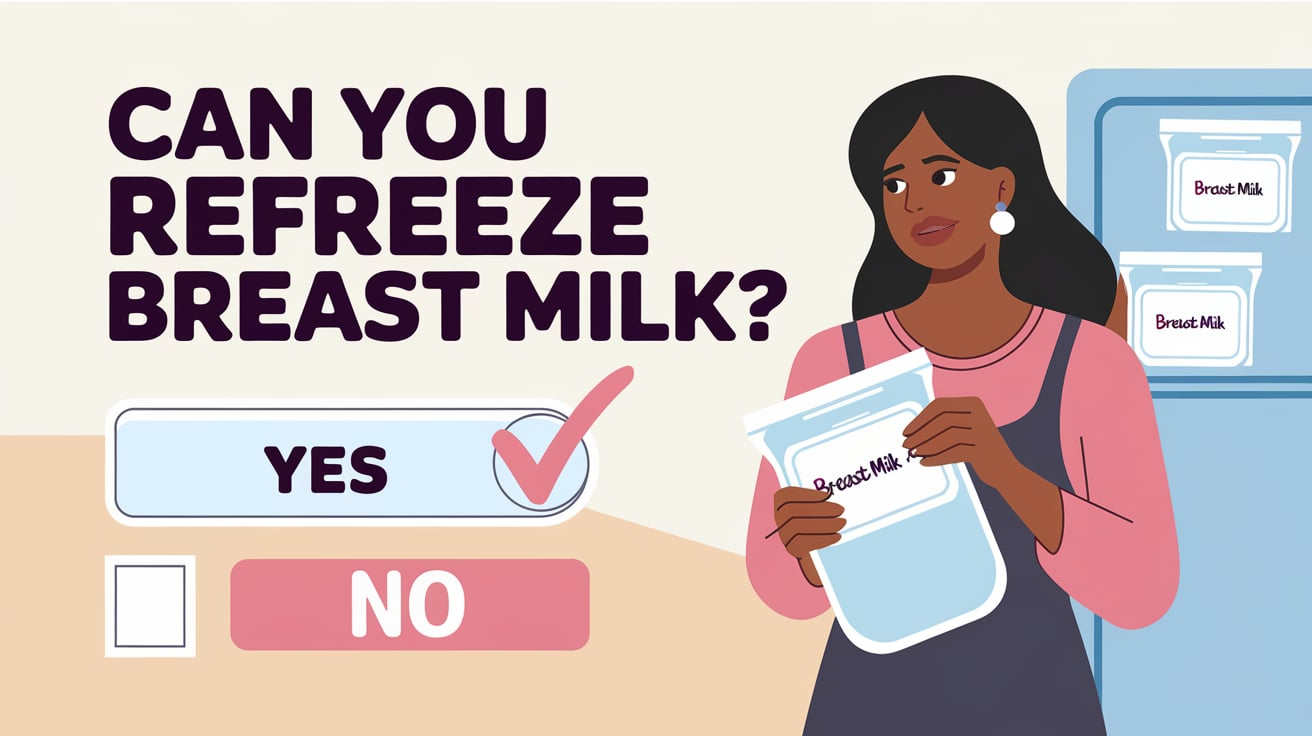
Sleeping soundly against your chest is one of parenting’s sweetest moments. Contact naps—when your baby sleeps while nestled against your body—create beautiful bonding opportunities but also come with practical challenges.
Many parents have questions: Are contact naps safe? Do they create sleep dependencies? When should they stop? Between the conflicting advice from family members and sleep experts, it’s hard to know what’s best.
This guide explains the benefits and drawbacks of contact napping, provides practical safety tips, and provides transition strategies when you’re ready.
We’ll share straightforward advice that respects your parenting style while helping you create healthy sleep habits for your baby and maintain your well-being.
What are Contact Naps?
Contact napping is when your baby sleeps while being held or nestled against your body—this could mean sprawled on your chest or cradled in your arms.
Unlike co-sleeping, contact napping has two distinct features: the caregiver stays awake, and there’s always direct physical contact between baby and adult.
This practice mimics the comfort your baby experienced in the womb, providing warmth, security, and familiar sensations like your heartbeat and breathing rhythms.
Contact napping feels natural for newborns, especially as they transition from the cozy confines of the womb to the outside world.
Some babies naturally prefer contact naps, while others may learn to associate sleep with being held.
The practice supports what experts call the “fourth trimester”—the roughly three-month period when babies crave close contact similar to what they experienced before birth.
Are Contact Naps Safe?

Contact naps are typically safe, with important precautions. The primary safety rule is that your baby should be the only one sleeping.
As pediatricians emphasize, when you fall asleep, you lose control and awareness, which increases the risk of your baby slipping into unsafe positions or falling.
This danger exists even for the most vigilant parents, as fatigue can overcome anyone caring for a newborn.
To practice safe contact napping, stay fully awake, avoid sitting on sleep-inducing furniture like recliners or beds, and have another adult present when possible.
Consider babywearing for on-the-go naps, which keeps your baby secure while allowing you to remain active.
Before starting a contact nap session, prepare snacks, water, and bathroom breaks so you can stay comfortable and alert throughout your baby’s nap time.
Benefits of Contact Naps
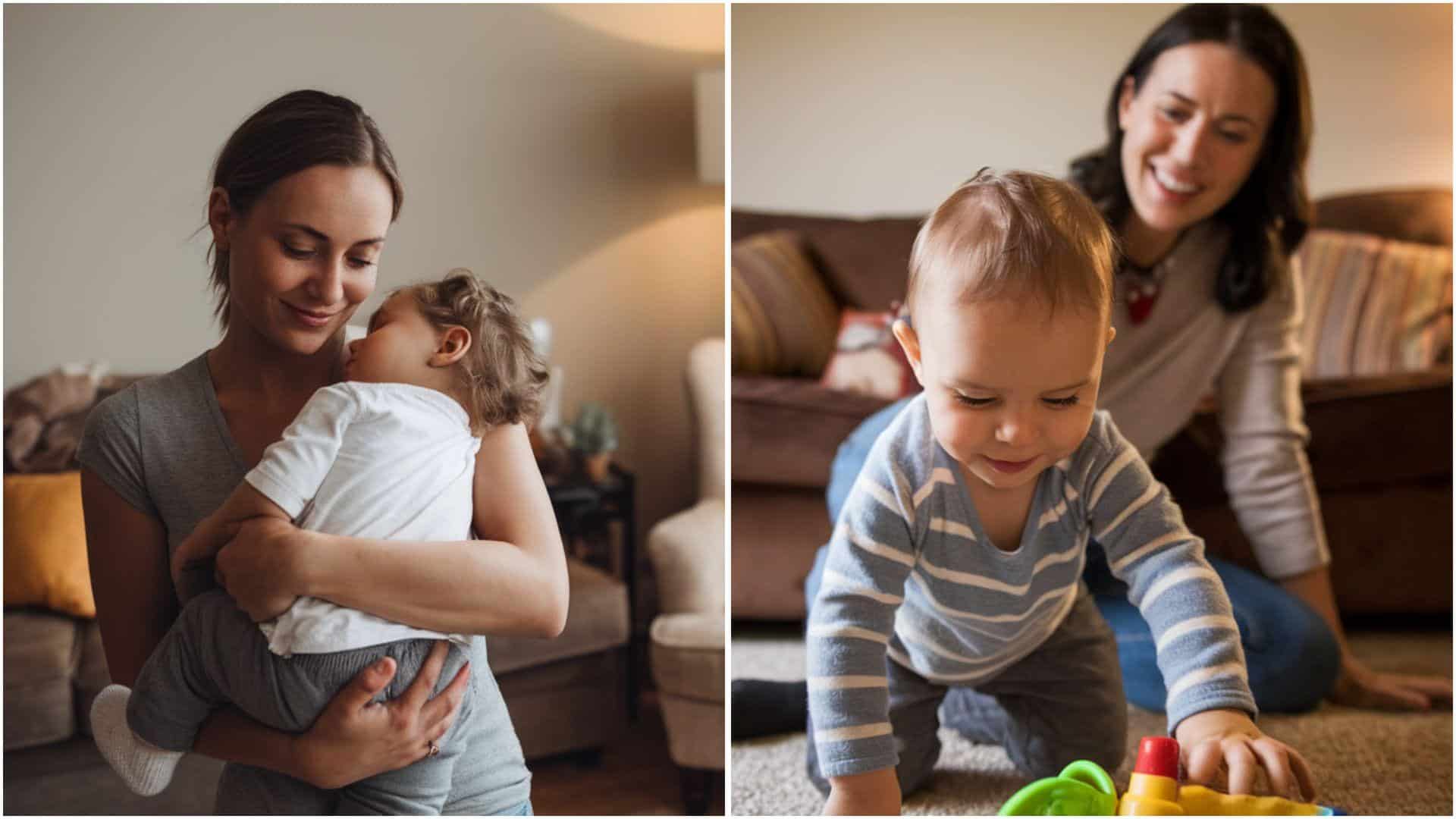
Contact naps offer significant advantages for both babies and caregivers. These benefits support development and strengthen the parent-child bond. Contact napping mimics the familiar womb environment that newborns crave.
They provide comfort during the challenging fourth-trimester transition. Many parents find these close moments precious despite the temporary limitations.
For Babies:
Contact naps help babies feel secure and regulated through physical closeness. Studies show skin-to-skin contact can reduce crying and support longer, deeper sleep cycles.
During contact naps, caregivers instinctively respond to the baby’s movements, helping the baby settle back to sleep when it stirs between cycles.
When held close, many babies experience improved breathing patterns and temperature regulation. This closeness supports breastfeeding success by keeping the baby near the breast.
The gentle motion of a caregiver’s breathing and heartbeat creates a calming effect similar to being in the womb. For babies who struggle with independent sleep, contact naps can prevent overtiredness, which positively impacts nighttime sleep.
For Parents:
Contact naps create special bonding opportunities that benefit caregivers physically and emotionally. Research shows skin-to-skin contact triggers the release of oxytocin, reducing stress hormones and promoting feelings of calm.
Parents often experience lower blood pressure and heart rate while holding their sleeping baby. These quiet moments provide a chance to slow down and be present in the busy newborn period.
For many parents, contact naps become cherished memories of their child’s infancy. Fathers who practice contact napping report stronger attachment and confidence in their parenting abilities.
These naps can be particularly beneficial for parents experiencing postpartum anxiety or depression, offering natural mood regulation.
Drawbacks of Contact Naps
Contact naps can create challenges alongside their benefits. Many parents feel trapped during lengthy contact naps, unable to accomplish household tasks or meet their own basic needs.
The longer contact napping continues as the primary sleep method; the more difficult transitioning to independent sleep may become.
Some babies develop strong associations between being held and sleeping, making crib transfers especially challenging.
- Being “nap-trapped” can limit productivity and self-care.
- It may create sleep associations that are difficult to break later.
- It can cause physical discomfort for the holding parent over time.
- May delay the development of independent sleep skills.
- It can create tension if one parent bears most of the contact-napping responsibility.
When to Stop Contact Napping?
There’s no magic age at which contact naps must end—it’s really about what works for your family. Don’t think that if you haven’t stopped by 6 months, you’ve made a huge mistake.
Contact napping doesn’t harm development, so the decision comes down to your comfort level and practical needs.
That said, transitions tend to be smoother around 4 months rather than waiting until 7+ months when nap schedules change.
Look for signs that you’re ready for a change—maybe you need more hands-free time or are feeling physically uncomfortable during long nap sessions.
Remember, you can also take a gradual approach—maybe start with just one crib nap a day while continuing contact naps for other sleep periods. Trust your instincts about what’s best for you and your baby!
Common Mistakes to Avoid with Contact Naps

Parents often make several missteps when incorporating contact naps into their routine. Understanding these common pitfalls can help you enjoy the benefits while minimizing drawbacks.
Creating sustainable contact napping practices from the beginning prevents problems later. Being aware of these mistakes allows you to make informed choices about what works for your family.
- Falling asleep while holding your baby, especially on sofas or armchairs.
- Assuming contact naps must be all-or-nothing rather than part of a flexible approach.
- Continuing contact naps despite physical discomfort or increasing resentment.
- Ignoring early signs of readiness for independent sleep.
- Comparing your baby’s sleep patterns to others without considering individual needs.
Final Words
Contact naps can be wonderful bonding experiences for you and your baby. They offer comfort, security, and developmental benefits that matter during those early months.
But like most parenting choices, what works best depends on your unique situation.
Listen to your baby’s needs and comfort level when deciding how long to continue contact naps. There’s no right or wrong approach—some families do well with regular contact naps, while others prefer a mix of contact and crib napping.
Remember that it’s okay to enjoy these snuggly moments while also establishing healthy sleep habits for the future.
The goal isn’t to follow someone else’s rules but to find a rhythm that keeps both you and your baby happy, rested, and content.
Contact naps don’t have to be all-or-nothing—they can be part of a flexible, practical sleep strategy that grows with your family.


